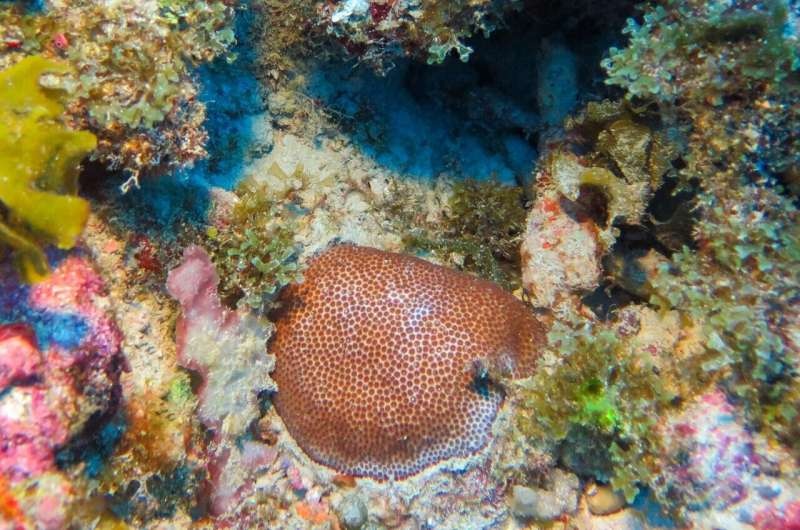Discover how deeper coral ecosystems in the Florida Keys may hold the key to reviving the region’s declining shallow reefs, offering a glimmer of hope in the face of environmental challenges.

The Mesophotic Saviors
Particularly hard hit are the coral reefs in the Florida Keys National Marine Sanctuary, which have been experiencing losses of up to 50 percent of coral cover from pre-1998 baseline levels as recently as 2011. But a study by researchers at Florida Atlantic University’s Harbor Branch Oceanographic Institute has identified what could serve as a lifeboat.
The blushing coral star (Stephanocoenia intersepta), which is prevalent throughout the Western Atlantic, was the focus of a study by researchers. They found that the mesophotic coral ecosystems — stretching from about 100 to 500 feet deep, layers of which remain unexplored by humanity until tech can travel downwards safely — are home to genetically diverse and well-connected groups of corals that have largely escaped bleaching and stony coral tissue loss disease.
This indicates the mesophotic corals could provide an essential reservoir for genetic diversity to the imperiled shallow reefs in the region. The study identified high genetic connectivity of the two dominant genetic lineages of blushing coral star between shoal and mesophotic populations, implying that deeper corals may serve as a refugium in order to contribute to recover depleting shallow reef environments.
Unraveling Genetic Diversity
In their study, researchers identified four genetically distinct lineages of the blushing coral star — two depth-generalist lineages that exhibited higher genetic diversity and less inbreeding than shallow-specific ones.
Understanding and documenting these genetic variations among coral lineages requires their explicit recognition and can, in turn, advance improved management and protection for corals. The unique cryptic lineages with low concordance despite co-occurring in the same habitats indicate some level of reproductive isolation (e.g., due to assortative mating as a result of distinct spawning times, high site-specific fertilization rates caused by tolerance or facilitation between genotypes), since delineated lineage boundaries are not reinforced at broad-scale habitats (CS, AN), or large population size had maintained haplotype diversity.
Such patterns are critical in terms of coral reef resilience and persistence, as well as endangered ecosystem health under continued and further environmental stressors. Conservation and restoration efforts may therefore benefit from incorporating the genetic diversity found in mesophotic corals to help protect damaged shallow reefs in the Florida Keys.
Conclusion
Results from this study create optimistic prospects for the restoration of coral reefs in the Florida Keys National Marine Sanctuary. By identifying mesophotic corals as potentially important transplants of genes and reproductive capability, researchers argue that we could protect these deep ecosystems in the face of increasingly intense shallow ocean crossing species that contradicts their pool more abundant gene and can help even marine biologists working under harsh shallow traversing environments. This may be of some comfort for Florida’s treasured coral reefs, which are being increasingly threatened by environmental stressors in the region.
